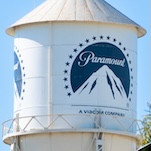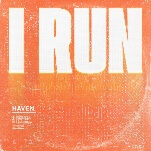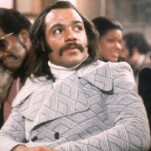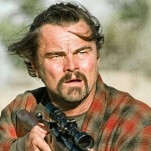Heathers
“Whether to kill yourself or not is one of the most important decisions a teenager can make.” —Ms. Fleming, Heathers
Critic Pauline Kael once called John Hughes’ The Breakfast Club “a movie about a bunch of stereotypes who complain that other people see them as stereotypes,” thus distilling an entire career in a single sentence. Hughes’ genius was generalizing the teenage experience enough that everyone thought his movies spoke to them: No teenager fit the exact mold of The Nerd, The Jock, The Princess, etc., but they could see pieces of themselves in every one, and could identify with the angst percolating within each character. And high-school movies post-Hughes have followed the same template, with social complexities and the quirks of individual behavior broadened to a form of cafeteria tribalism where everyone is neatly categorized. There’s some truth to his template—Hughes struck a chord with people, or the Oscars wouldn’t have spent half its 2010 telecast paying homage to him—but only because the net was cast so wide.
Arriving at the end of the ’80s, the deliciously nasty black comedy Heathers works as a critique of Hughes’ brand of high-school movie: It inflates these same stereotypes until they explode. The caste system present in all of these films, with popular kids at the top and nerds on the bottom, here becomes an endless, ruthless, Darwinian struggle that not even murder after murder after murder can resolve. And the types aren’t just present, they’re interchangeable: The ruling clique are all pretty girls named Heather, and the jocks skulk around in varsity jackets, calling people fags. Heathers also has real characters, who rebel in a dark way against the status quo, but it’s smart about recognizing the clichés of high-school movies and satirizing them to the hilt, all while tapping into the genuine frustration of students who are pressured to conform at all costs. Its Westerburg High School looks like no high school and every high school, like The Breakfast Club with even more grotesquely cartoonish dimensions.
Heathers also inducted a Gen-X heroine for the ages in Winona Ryder, whose mix of elfin beauty and world-weary sarcasm proved uniquely bewitching to the eye-rolling set. As Veronica, a reluctant hanger-on in a clique of popular girls named Heather, Ryder plays the audience surrogate, representing the legions of kids who got through high school by cracking wise and keeping a low profile. Though she climbs the social ladder Kind Hearts And Coronets style, Veronica has little in common with the three Heathers, and seems to use them mainly as cover to hide behind. This might mean doing awful things, like forging a love letter as a cruel joke on the morbidly obese Martha “Dumptruck” Dunnstock, or tagging along to a college party swarming with date-raping frat guys, but it isn’t a bad survival tactic, and Veronica is too weak-willed to challenge the status quo.








































